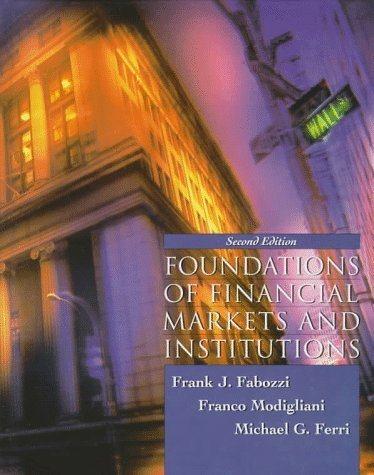Question
An institutional lender is willing to make a Graduated Payment Mortgage for $1 million on an office building. The interest rate is 10%, but initially
An institutional lender is willing to make a Graduated Payment Mortgage for $1 million on an office building. The interest rate is 10%, but initially payments are calculated using an 8% pay rate. That means payments are calculated as if the interest rate were 8%. However, in reality, the required interest rate is 10%, and so the borrower is underpaying in this period. The loan term is 30 years and there are monthly payments. After the first five years the payments are to be adjusted so that the loan can be amortized over the remaining 25-year term at the actual interest rate. Note: In both the initial under-payment period, as well as after the adjustment, payments are calculated as a CPM with the respective pay rate.
(a) What is the initial payment?
(b) How much interest will accrue during the first year? Note: accrued interest is interest that is added to the loan balance (i.e. negative amortization).
(c) What will the balance be after five years?
(d) What will the monthly payments be, starting in year 6?
(e) Now suppose that the mortgage is paid off with a single balloon payment at the beginning of year 26. What is the amount of the balloon payment?
Step by Step Solution
There are 3 Steps involved in it
Step: 1

Get Instant Access to Expert-Tailored Solutions
See step-by-step solutions with expert insights and AI powered tools for academic success
Step: 2

Step: 3

Ace Your Homework with AI
Get the answers you need in no time with our AI-driven, step-by-step assistance
Get Started


